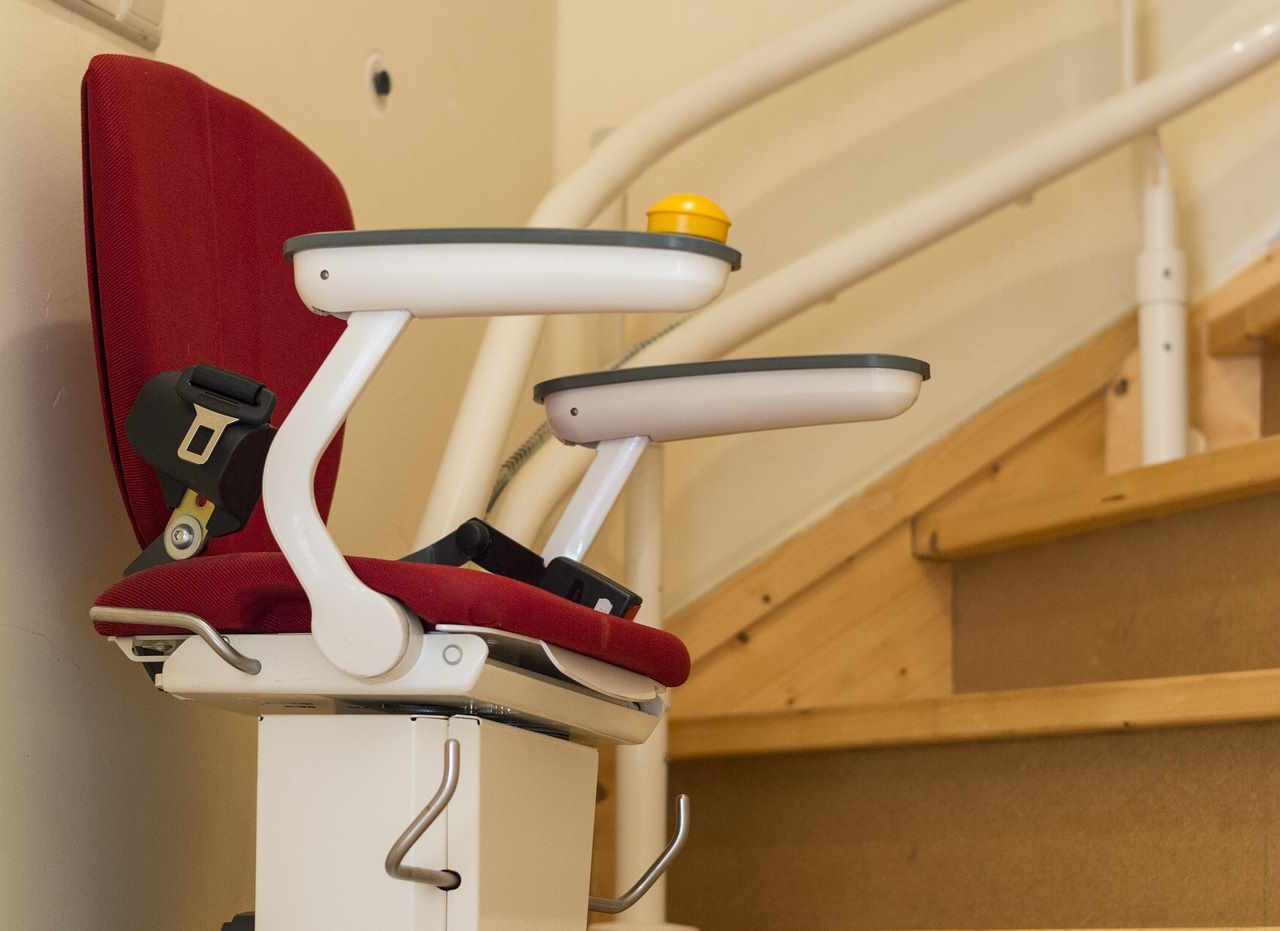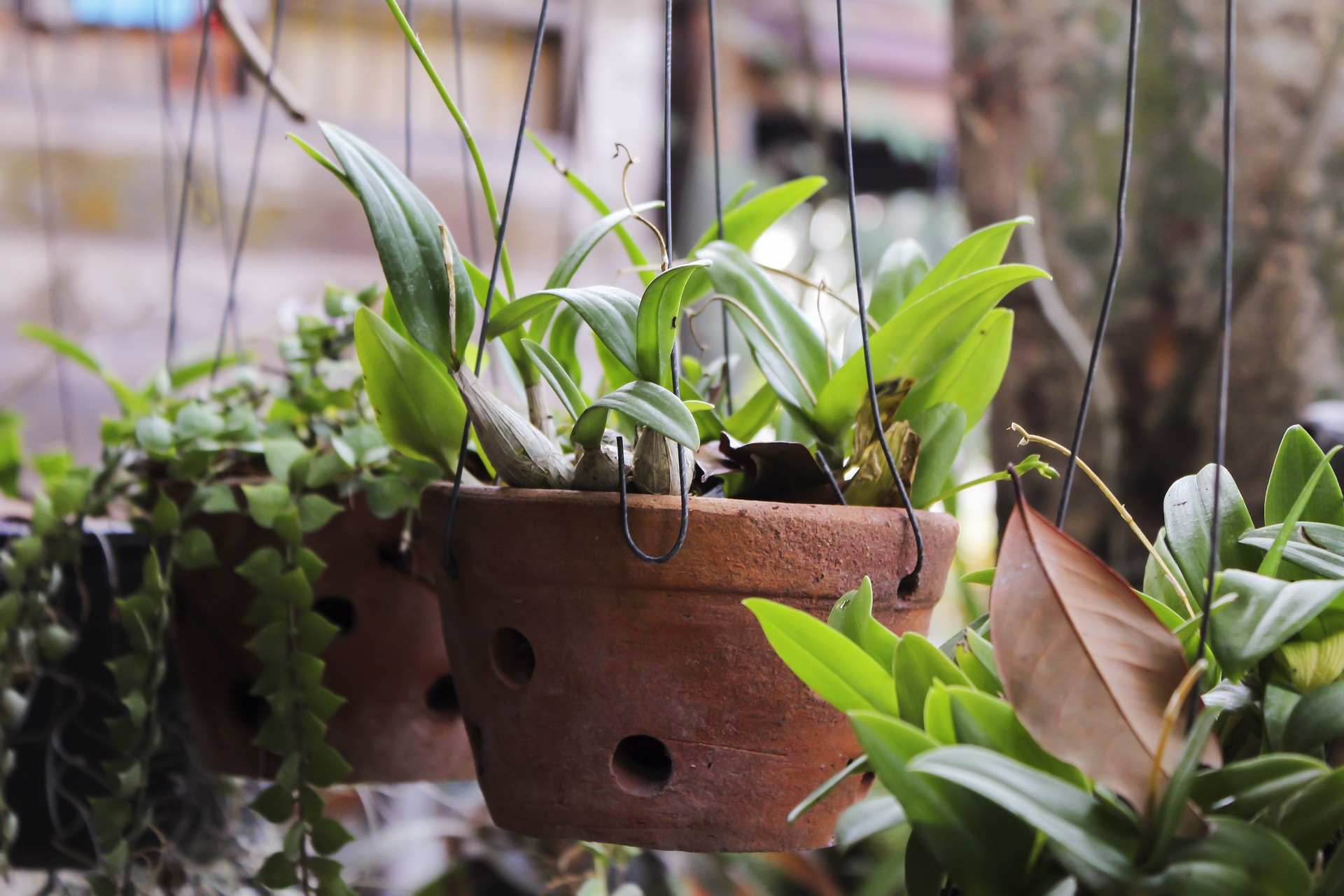Choosing the Right Stairlift for Your Home's Unique Needs
Selecting a stairlift is a significant decision that can dramatically improve mobility and independence at home. With various models, features, and configurations available, finding the perfect match for your specific requirements requires careful consideration of several key factors. This comprehensive guide will help you navigate the selection process to ensure you choose a stairlift that meets your needs and provides years of reliable service.

Assessing Your Personal Mobility Requirements
Before exploring stairlift options, it’s essential to evaluate your specific mobility needs. Consider factors such as your physical capabilities, whether you require assistance to transfer to and from the lift, and if your mobility needs might change in the future. Take into account the user’s weight, height, and any specific medical conditions that might affect stairlift usage. This assessment will help determine features like seat type, control placement, and safety mechanisms needed.
Understanding Your Staircase Configuration
Every home’s staircase is unique, and this significantly impacts the type of stairlift that can be installed. Straight staircases typically require simpler, more affordable installations, while curved or multi-level staircases need custom-designed rails. Measure the staircase width, noting any obstacles like doorways or radiators. Consider whether the stairs have landings, turns, or spiral sections, as these elements will influence the stairlift design and installation requirements.
Essential Safety Features to Consider
Modern stairlifts come equipped with various safety features that ensure secure operation. Look for models with safety sensors that detect obstacles, secure seat belts, and swivel seats that lock in position. Key safety features should include:
-
Emergency stop buttons
-
Obstacle detection systems
-
Battery backup during power outages
-
Footrest and carriage safety sensors
-
Lockable on/off switches to prevent unauthorized use
Professional Installation Requirements
Professional installation is crucial for ensuring your stairlift operates safely and reliably. Certified installers will:
-
Conduct thorough site assessments
-
Ensure proper mounting and rail alignment
-
Test all safety features and operations
-
Provide user training and documentation
-
Offer warranty coverage and maintenance plans
Understanding Costs and Payment Options
Stairlift prices vary significantly based on design, features, and installation requirements. Here’s a breakdown of typical costs and options:
| Stairlift Type | Average Cost Range | Installation Cost |
|---|---|---|
| Straight Stairlift | $2,500 - $5,000 | $500 - $1,000 |
| Curved Stairlift | $8,000 - $14,000 | $1,000 - $2,000 |
| Outdoor Stairlift | $4,500 - $8,500 | $750 - $1,500 |
Prices, rates, or cost estimates mentioned in this article are based on the latest available information but may change over time. Independent research is advised before making financial decisions.
Several financing options are available to help manage the investment:
-
Medicare Advantage plans (in some cases)
-
Home improvement loans
-
Equipment financing
-
Veterans’ benefits
-
State-specific assistance programs
Planning for Long-term Use
When selecting a stairlift, consider its long-term viability. Choose a model that can accommodate potential changes in mobility needs and ensure the manufacturer offers comprehensive warranty coverage and maintenance services. Regular maintenance will extend the life of your investment and maintain safe operation. Look for providers offering service agreements and 24/7 emergency support.
A well-chosen stairlift can provide years of reliable service while maintaining independence and safety in your home. Take time to thoroughly research options, consult with qualified professionals, and consider both immediate and future needs when making your selection. The right choice will offer peace of mind and enhanced quality of life for years to come.




